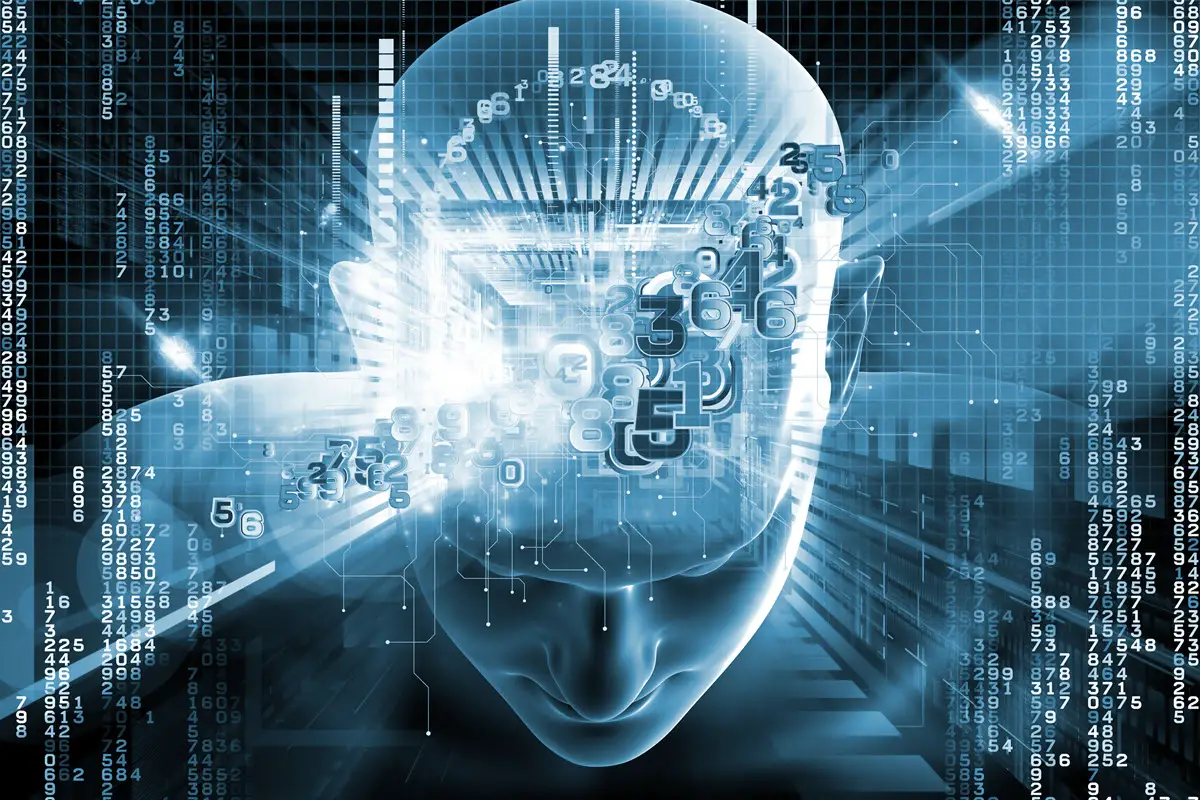AI and Cybersecurity: A Double-Edged Sword

Estimated reading time: 4 minutes
Table of contents
In today’s era, safeguarding cybersecurity holds prime importance. As cyber threats keep advancing and becoming more sophisticated, individuals and businesses continuously explore ways to secure their data and preserve privacy. One remarkable tool that has emerged in times is intelligence (AI). However, while AI benefits cybersecurity, it also presents challenges and risks. This blog post aims to delve into the nature of AI in cybersecurity by highlighting its advantages and potential pitfalls.
Advantages of AI in Cybersecurity
AI has brought about a revolution in the realm of cybersecurity through automation and intelligent decision-making capabilities. By leveraging machine learning algorithms, vast amounts of data can be analyzed quickly, facilitating detection and response to cyber threats. Below are some advantages that come with utilizing the best AI software in cybersecurity:
1. Enhanced Detection of Threats: AI-powered systems can analyze patterns and anomalies within network traffic, effectively enabling them to identify threats. This proactive approach empowers organizations to detect and prevent cyberattacks before they inflict harm.
2. Swift Response: Traditional cybersecurity systems often need help to keep up with evolving threats. However, AI can adapt swiftly and react promptly to emerging threats, offering real-time protection for businesses and individuals.
3. Decreased False Alarms: Human analysts sometimes struggle to distinguish threats from alarms. AI-powered systems can minimize positives by identifying potential threats and reducing unnecessary disruptions.
4. Proactive Analysis: Through AI algorithms, historical data and patterns can be thoroughly analyzed to predict cyber threats. This proactive approach enables organizations to take measures and fortify their security systems accordingly.
5. Continuous Improvement: AI systems can continually learn and enhance their capabilities over time. By analyzing and adapting to threats, they bolster their ability to defend against cybercriminals effectively.
SEE ALSO: Best Artificial Intelligence Tools for Bloggers
Risks and Challenges of AI in Cybersecurity
While AI offers significant advantages, its implementation in cybersecurity brings forth its own set of risks and challenges that require attention:
1. Attacks: Hackers can exploit AI algorithms through attacks by manipulating inputs. This manipulation tricks AI systems into misclassifying or completely overlooking threats. Safeguarding AI systems against attacks is crucial for maintaining their reliability.
2. Insufficient Human Oversight: While AI can analyze data and make decisions independently, relying on AI systems without supervision can pose challenges. Placing trust in AI without intervention may result in errors or unidentified vulnerabilities.
3. Limited Transparency: AI models are often regarded as enigmatic and need more transparency in their decision-making process. This lack of clarity makes it difficult for cybersecurity analysts to comprehend the rationale behind the outcomes generated by AI, potentially impeding the investigation of cyber incidents.
4. Concerns about Data Privacy: AI systems necessitate access to extensive data to make predictions effectively. However, this data may contain information that raises concerns regarding privacy and compliance with data protection regulations. Striking a balance between data accessibility and privacy is crucial.
5. Bias and Discrimination: AI systems can inadvertently perpetuate biases or discrimination if not carefully designed. For instance, if the training data used to develop an AI model possesses biases, the system might unintentionally discriminate against groups. Overlook specific types of cyber threats. Ensuring fairness in AI algorithms and models is imperative for upholding cybersecurity practices.
Addressing the Risks
To leverage the potential of AI while mitigating its associated risks, organizations should embrace an approach to cybersecurity. This approach involves the following steps:
1. Effective Data Management: Properly. Safeguarding data forms the basis of cybersecurity practices. Organizations should establish data governance and protection policies to ensure that sensitive information remains secure and private.
2. Continuous. Human Involvement: While AI can automate aspects of cybersecurity, human oversight is indispensable. Human analysts should remain actively involved in monitoring and decision-making processes to validate AI-generated outputs and identify errors.
3. Ongoing Training and Knowledge Updates: Cybersecurity professionals must continually stay updated on the advancements and vulnerabilities in AI. Regular training programs should be implemented to improve skills and knowledge.
4. Ethical Development of AI: Organizations must prioritize considerations when developing AI systems. By striving for fairness, transparency, and accountability, AI algorithms and models can minimize biases and discrimination.
Conclusion
AI has dramatically enhanced the field of cybersecurity; however, it also presents challenges that need attention. By harnessing AI’s advantages while mitigating associated risks, organizations can effectively defend against cyber threats and safeguard sensitive data. A balanced approach that considers all aspects is vital for maximizing the benefits of AI while minimizing its drawbacks. With the evolution of AI, it becomes crucial for cybersecurity experts to constantly adapt and come up with solutions to stay one step ahead of cybercriminals in the never-ending fight for safeguarding digital security.








